The history of still life painting is rich and varied, with roots tracing back thousands of years. From the ancient Egyptians to the Dutch masters, depictions of objects like food, flowers, and everyday items adorn the walls of museums and tombs alike. With contemporary artists continuing to explore the genre, still life painting has proven its resilience and adaptability.
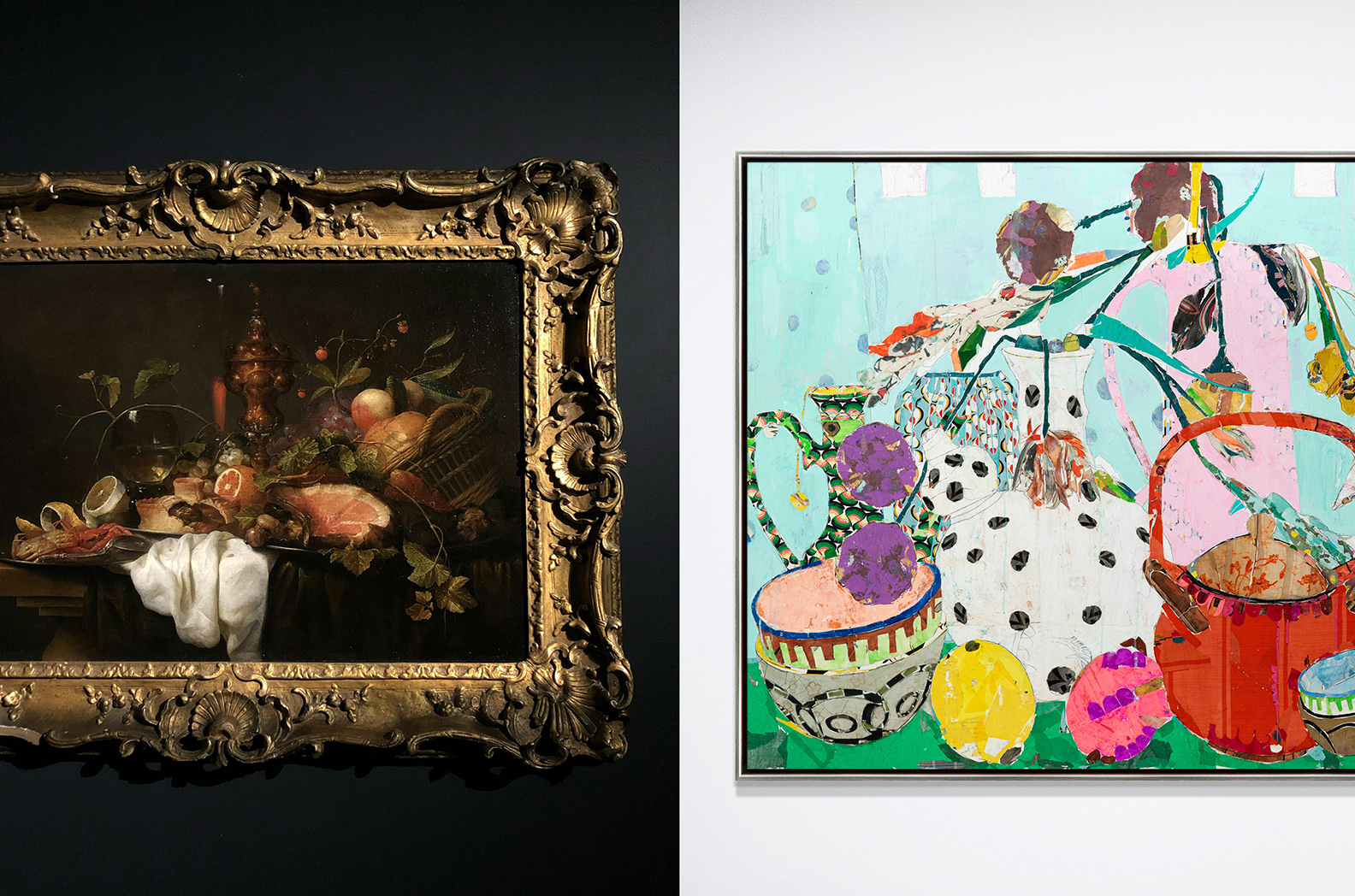
Learn more about Mersuka Dopazo
A Little History
The Dutch Golden Age (17th century) saw a remarkable surge in still life painting, as greater urbanization led to a cultural emphasis on personal possessions and the aesthetics of one’s home and belongings. Development of oil painting techniques during this period also allowed for a more nuanced exploration of light, shadow, and texture, adding depth to still life works.
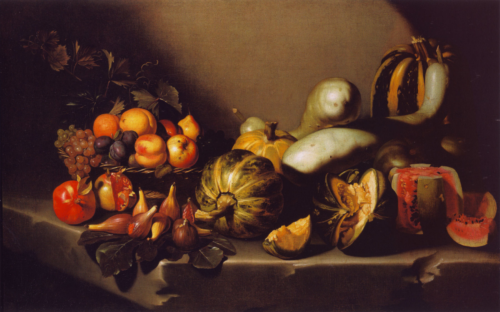
A few decades later, the Baroque period introduced a sense of drama and theatricality, with artists like Caravaggio infusing intense contrasts of light and shadow into their compositions.
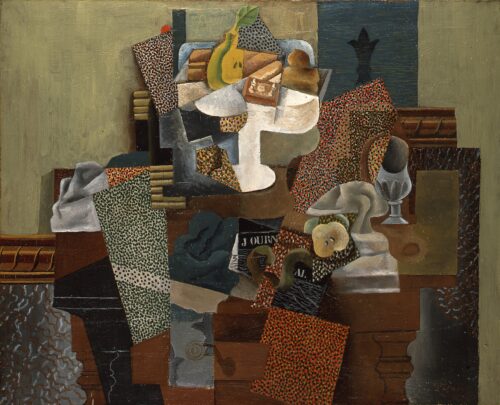
As the bustling twentieth century introduced Modernism, artists sought new ways to express themselves: Picasso’s fragmented compositions and Salvador Dalí’s dreamlike arrangements showcased the genre’s adaptability to diverse artistic approaches.
Still Life Today
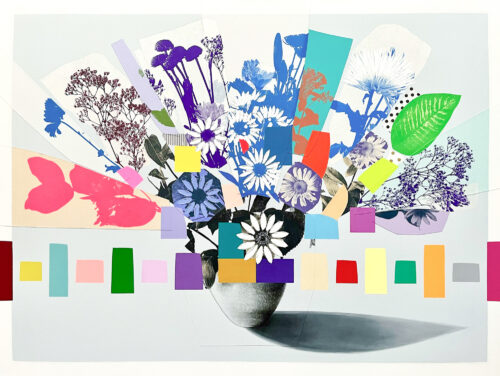
Learn more about Emily Filler or browse additional works
Today, the traditional arrangement of objects persists, but artists now push boundaries by incorporating unconventional materials, digital elements, and exploring the intersection of still life with other genres. The genre has become a playground for artistic expression, offering a space to engage with symbolism, cultural commentary, and personal narratives.
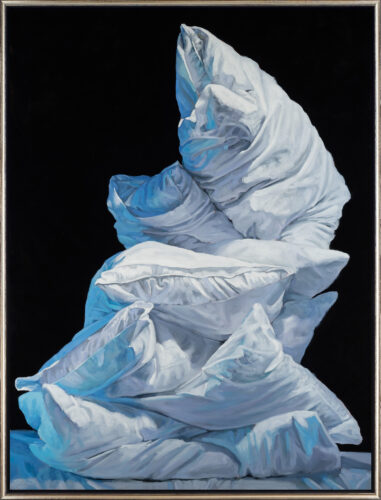
Carol O’Malia incorporates historical elements into her own work. The pyramidal composition is a tradition with strong ties to the height of the Renaissance, while the dramatic lighting evokes the drama of a Caravaggio or Dutch Master.
Learn more about Carol O’Malia or browse additional works
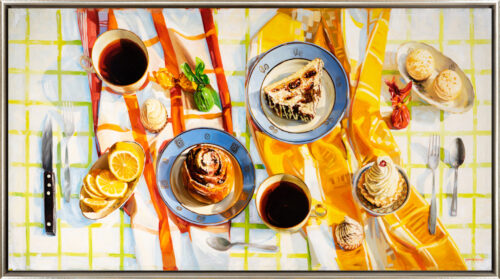
The term “still life” itself implies a certain tranquility, a moment frozen in time. Alexander Sheversky’s hyperrealistic work captures such moments as his seemingly mundane subjects—a vase of flowers, a jar of candy, or a breakfast ready to serve—are elevated. They have become a visual feast on canvas.
Learn more about Alexander Sheversky or browse additional works
As we admire the works of the past and present, we witness the timeless allure of still life painting – a genre that, like the objects it portrays, remains frozen in perpetual beauty.
View additional Still Life works from our collection.

